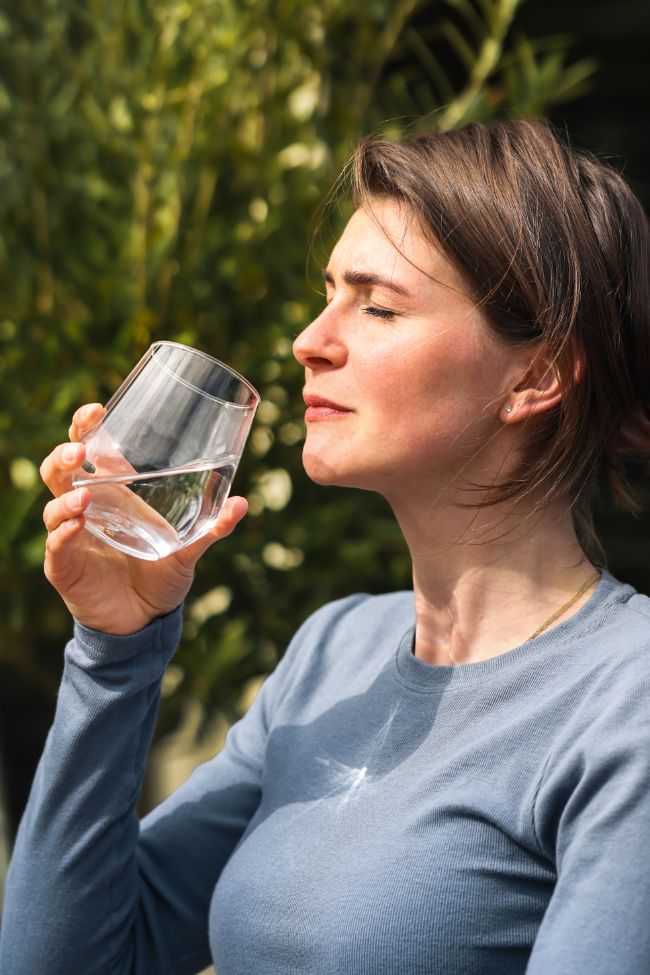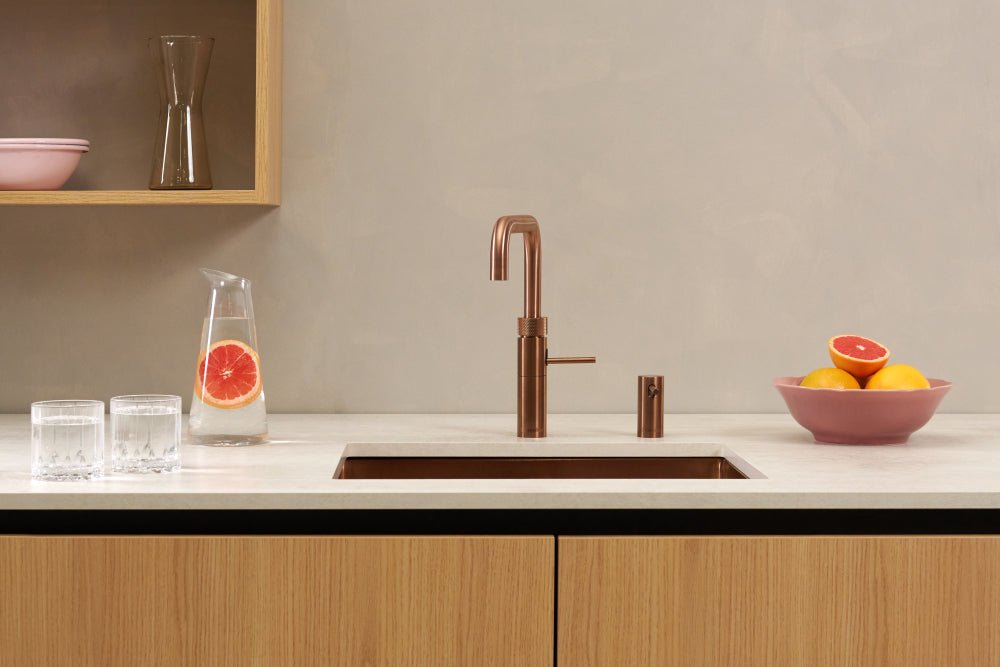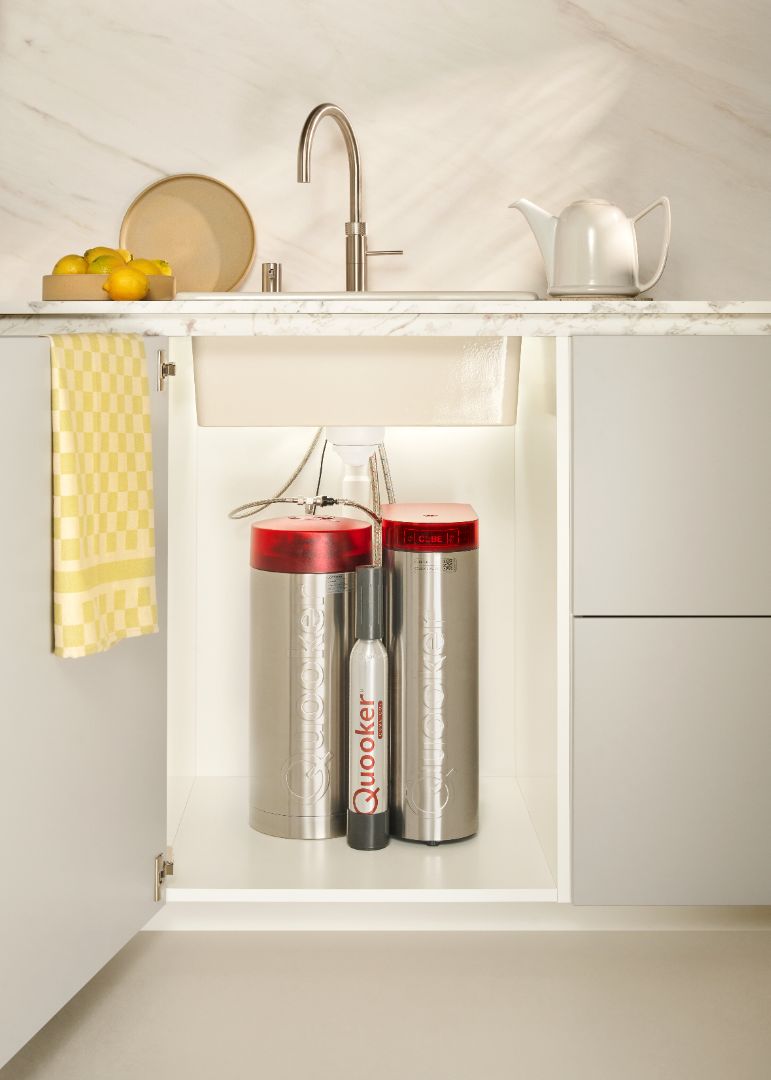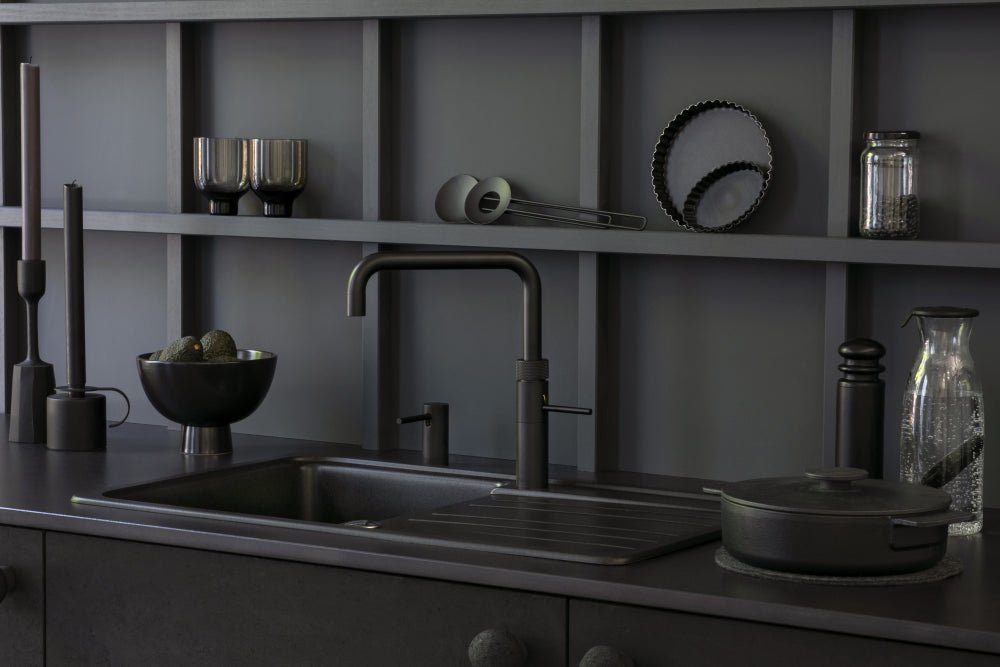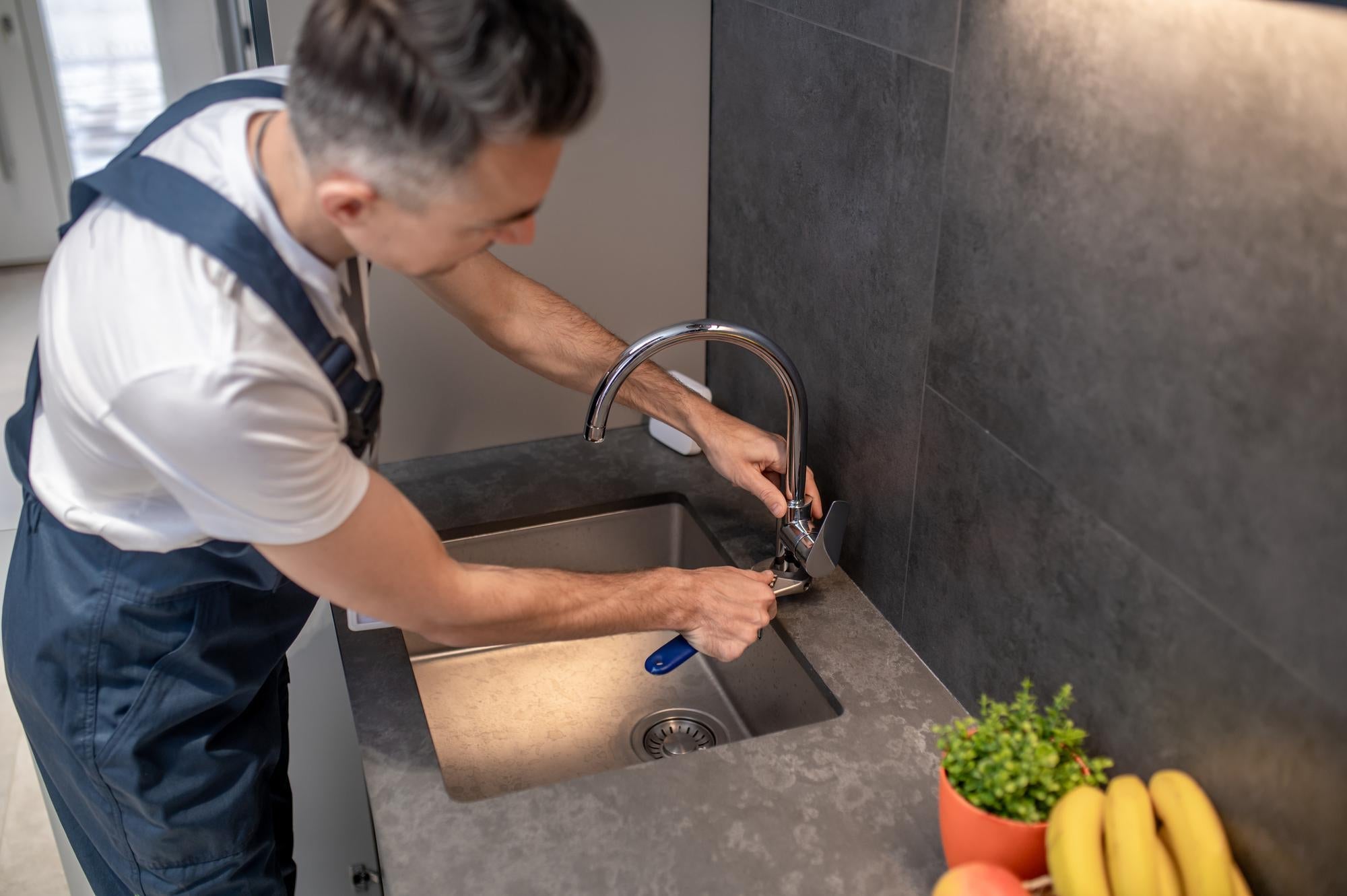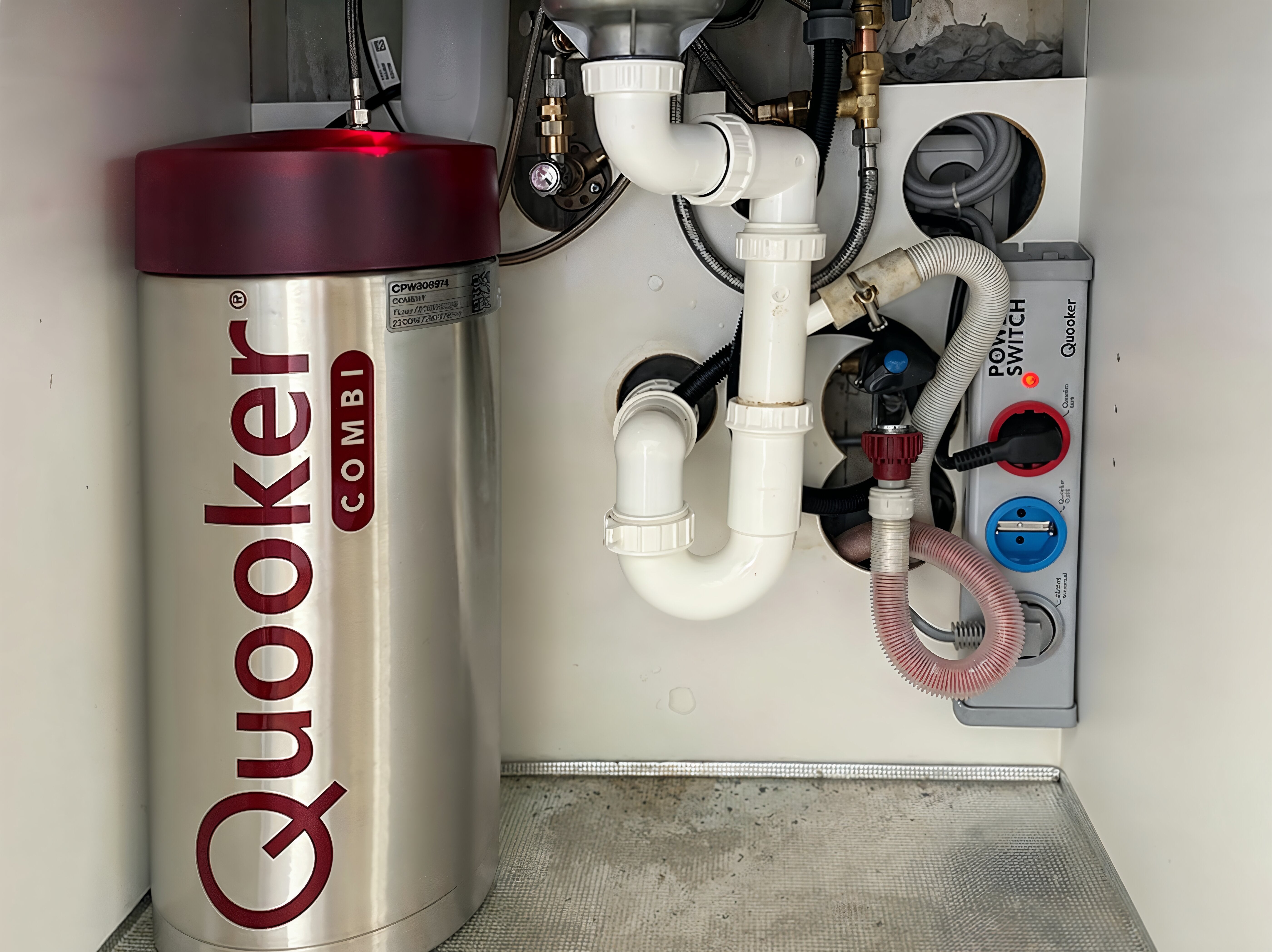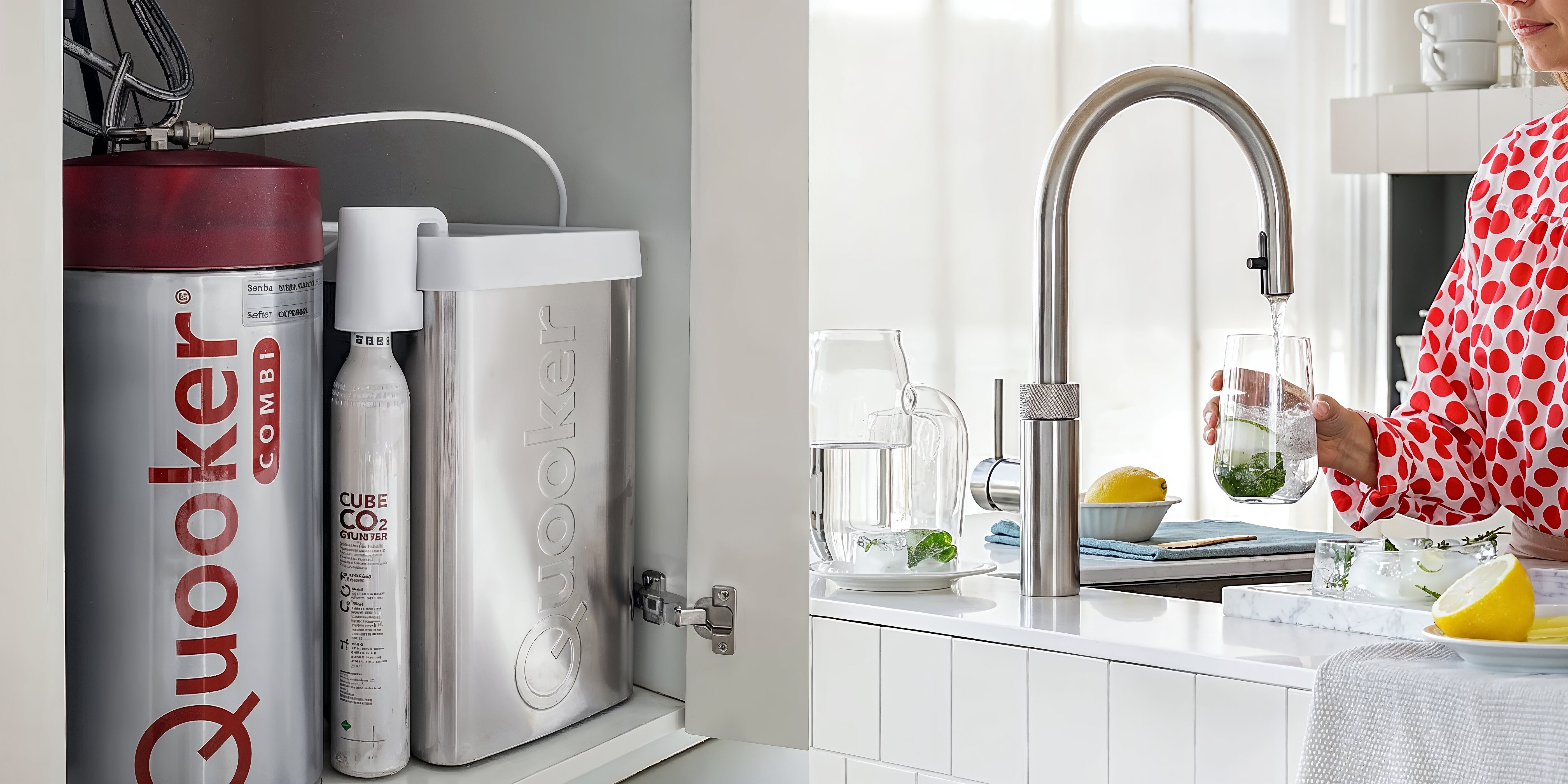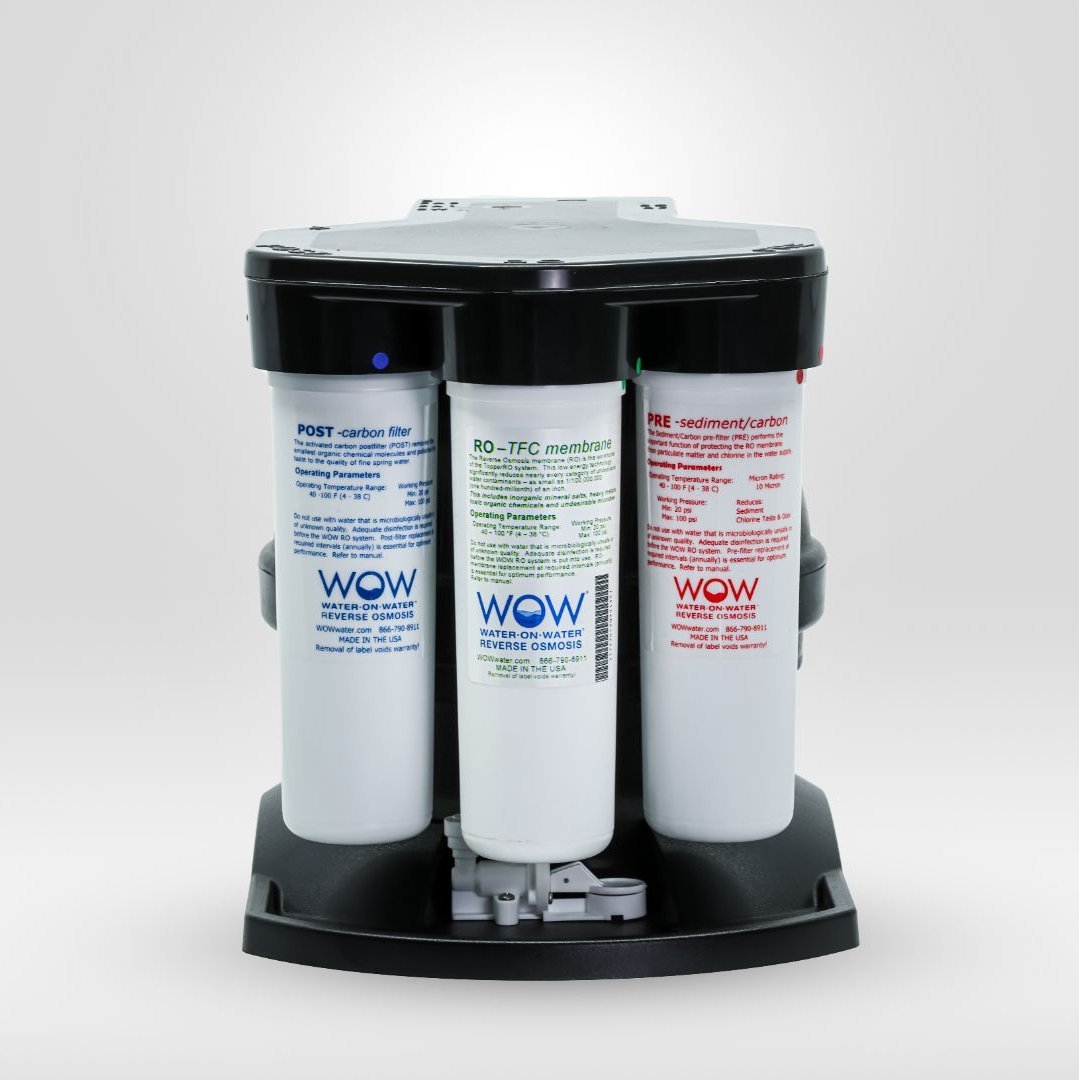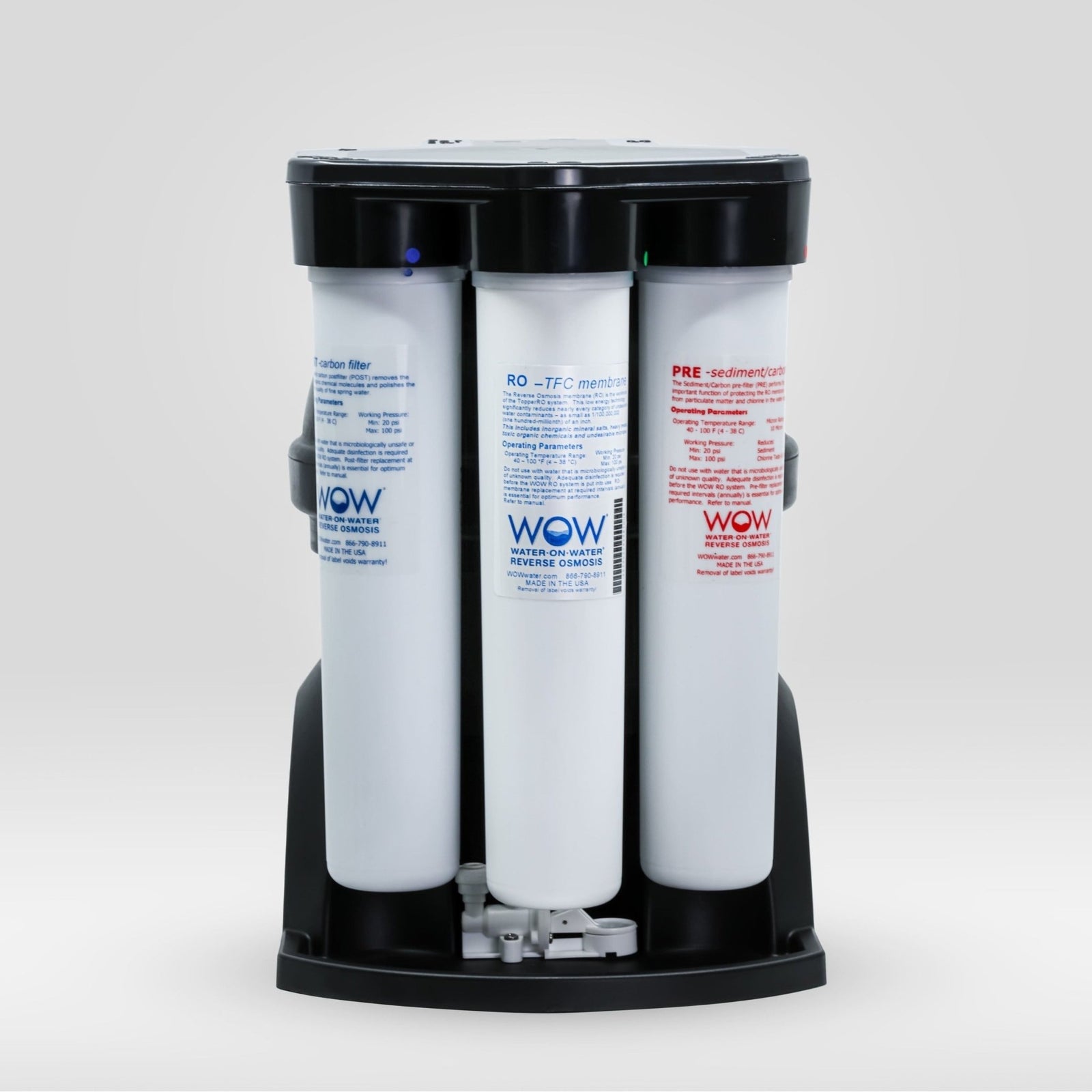Tap water is generally safe for people with weak immune systems, but extra precautions are often necessary. For vulnerable groups such as the elderly, infants, chemotherapy patients, and people with autoimmune diseases, home water filtration can provide an important layer of protection against pathogens that are normally not a problem. Reverse osmosis technology removes up to 99% of potentially harmful substances from tap water, including bacteria, viruses, parasites, and chemical contaminants.
Tap water and vulnerable health: what you need to know
The relationship between water quality and health becomes especially important when the immune system is weakened. Several groups of people are at increased risk when drinking untreated tap water, even when it meets all legal standards.
Vulnerable groups include:
- Elderly people over 65 years old
- Babies and young children up to 5 years old
- People undergoing chemotherapy or radiation
- Transplant patients taking immunosuppressive drugs
- People with HIV/AIDS
- People with autoimmune diseases such as lupus or rheumatoid arthritis
These groups must be extra careful because their bodies are less able to fight off pathogens that may be present in tap water. What doesn't pose a problem for healthy people can cause serious health problems for them. The immune system functions as a natural defense system, but when it is weakened, even small amounts of bacteria or parasites can cause infections.
What are the risks of tap water for people with reduced immunity?
Tap water can contain various contaminants that are particularly dangerous for people with weakened immune systems. Although water companies implement strict quality controls, certain pathogens can still be present in low concentrations.
The main risks in tap water include:
| Type of pollution | Possible sources | Health risks |
|---|---|---|
| Cryptosporidium | Surface water, sewage water | Severe diarrhea, dehydration |
| Legionella | Piping systems, hot water tanks | Pneumonia, flu-like symptoms |
| Giardia | Contaminated surface water | Gastrointestinal complaints, weight loss |
| Viruses | Fecal contamination | Gastroenteritis, liver inflammation |
Besides biological contaminants, tap water can also contain chemicals such as pharmaceutical residues, PFAS, and heavy metals . These substances are not always completely removed during standard water treatment. For people with weakened immune systems, even low concentrations of these substances can pose an additional health risk.
Old pipes in homes pose an additional risk. They can release lead or contain biofilms where bacteria can multiply. This problem is often underestimated, but it can have serious consequences for vulnerable groups.
How does water filtration work for extra protection?
Home water filtration offers an effective additional layer of protection beyond water treatment by water companies. Home water filtration systems use various technologies, with reverse osmosis being the most thorough purification method.
Reverse osmosis works by forcing pressurized water through a semipermeable membrane. This membrane has pores so small that only water molecules can pass through. Contaminants such as bacteria, viruses, chemicals, and even dissolved salts are left behind. The result is water of exceptional purity.
The filtration process consists of several steps:
- A sediment filter removes coarse particles such as sand and rust
- Activated carbon filters eliminate chlorine and organic compounds
- The RO membrane filters up to 99% of all contaminants
- A post-filter refines the taste and smell
- Optional remineralization adds healthy minerals
The difference compared to standard water treatment by water companies is significant. While water companies focus on meeting legal standards for the general population, home filtration offers a tailored solution for those who need extra protection. A standard water filter, such as a jug filter, primarily improves the taste but removes very few pathogens or chemicals.
When is additional water purification at home necessary?
Additional water purification at home is recommended by medical professionals in various situations. It's important to recognize when standard tap water is not safe enough for people with weakened immune systems.
Specific situations where home filtration is necessary:
- Immediately after a transplant or during immunosuppressive therapy
- In case of warnings from the water company about work or malfunctions
- In homes with pipes older than 30 years
- With a history of water-related infections
- During periods of extreme rainfall or drought
Signs that additional purification is needed include an unusual odor or taste in the water, visible discoloration, or reports of elevated bacteria levels in the region. If household members with a normal immune system experience gastrointestinal symptoms after drinking tap water, this is also a warning sign.
Medical professionals often recommend preventive measures for their patients with weakened immune systems. These can range from boiling water to installing a complete water filtration system. The choice depends on the severity of the immune disorder and the local water quality.
What are the benefits of purified water for vulnerable groups?
Purified water offers tangible health benefits for people with weakened immune systems. The most significant benefit is the drastic reduction in exposure to pathogens and harmful chemicals.
Using filtered water reduces the risk of:
- Gastrointestinal infections caused by parasites and bacteria
- Respiratory infections caused by inhalation of water droplets containing Legionella
- Chronic exposure to low doses of chemicals
- Interactions between medicines and substances in tap water
An often-overlooked benefit is the improved taste and smell of purified water. For people who have to take many medications or are undergoing chemotherapy, the neutral taste of filtered water can make taking their medication easier. Better-tasting water also promotes better hydration, which is essential for the recovery process.
Patients often report drinking more water when the taste is pleasant. This is especially important during treatments that have dehydration as a side effect. Adequate hydration supports the immune system and helps the body eliminate toxins.
Safe drinking water for everyone: practical recommendations
Water safety for vulnerable groups requires a proactive approach. It starts with raising awareness of the risks and taking appropriate measures to minimize them.
Practical steps for safe drinking water:
- Consult with your doctor about the need for water filtration
- Choose a filtration system that is certified to recognized standards
- Replace filters according to the recommended schedule
- Test the water quality regularly with a TDS meter
- Keep a log of filter replacement and maintenance
When choosing water filtration, it's important to pay attention to certifications such as NSF/ANSI standards. These guarantee that the system actually delivers what it promises. For people with severely compromised immune systems, a reverse osmosis system is often the best choice due to its high purification level.
Regular maintenance is crucial for the effectiveness of any filtration system. Neglected filters can become breeding grounds for bacteria. Modern systems simplify maintenance with filter replacement alerts.
The importance of proactive health measures cannot be overstated. For people with weakened immune systems, clean, safe drinking water is not a luxury but a necessity. By investing in adequate home water purification, vulnerable groups take control of their water quality and significantly reduce the risk of water-related health problems.
